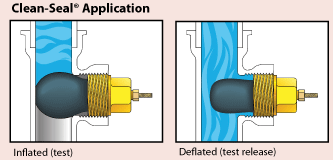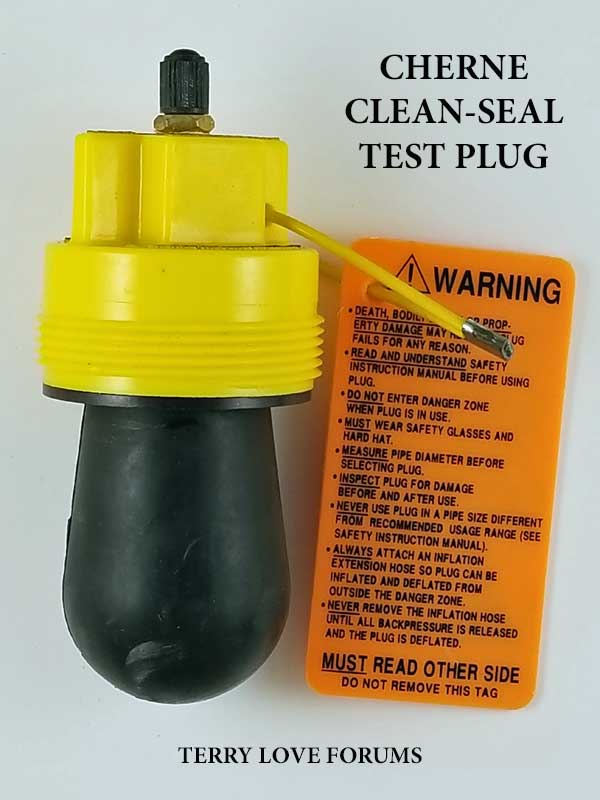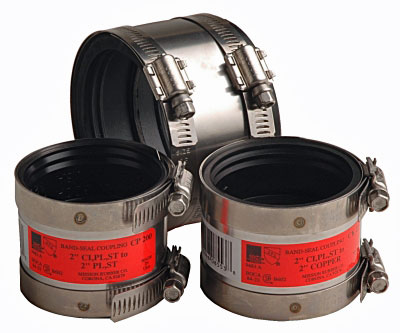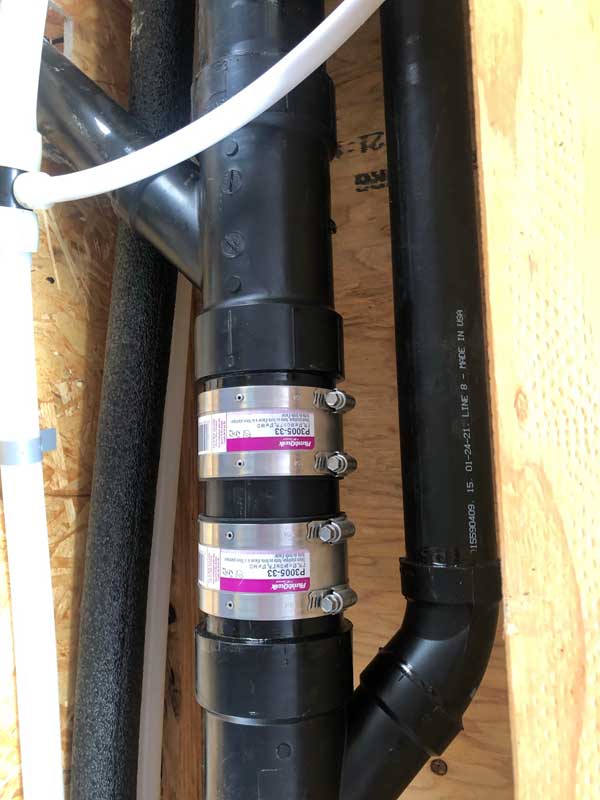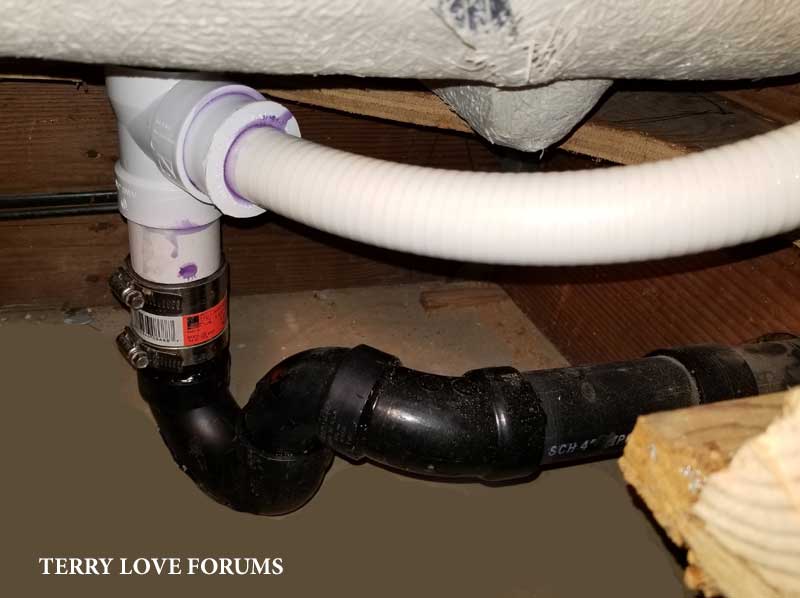Zimm0who0net
Member
So I finished my rough lines, went to pressure test and noticed a leak. Turns out I forgot to cement the whole damn joint. Here's a photo:
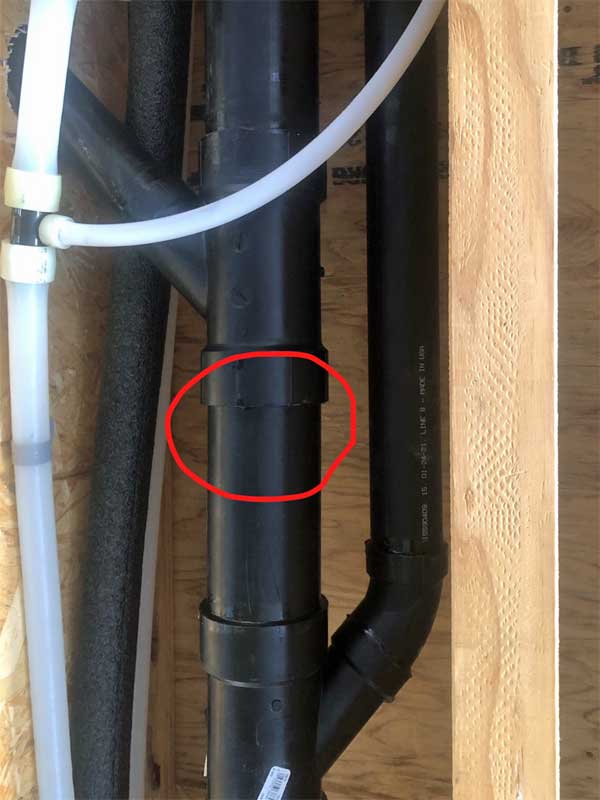
That's a 3" to 2" wye. So I've tried to get it apart and I can't seem to . Probably not surprising given that it didn't blow apart with about 12' of head on it. So now what do I do?
Incidentally, is there a way to pull the test ball out of the test tee at the bottom of a stack without flooding my basement? If not, I'll wear a bathing suit next time...

That's a 3" to 2" wye. So I've tried to get it apart and I can't seem to . Probably not surprising given that it didn't blow apart with about 12' of head on it. So now what do I do?
Incidentally, is there a way to pull the test ball out of the test tee at the bottom of a stack without flooding my basement? If not, I'll wear a bathing suit next time...

